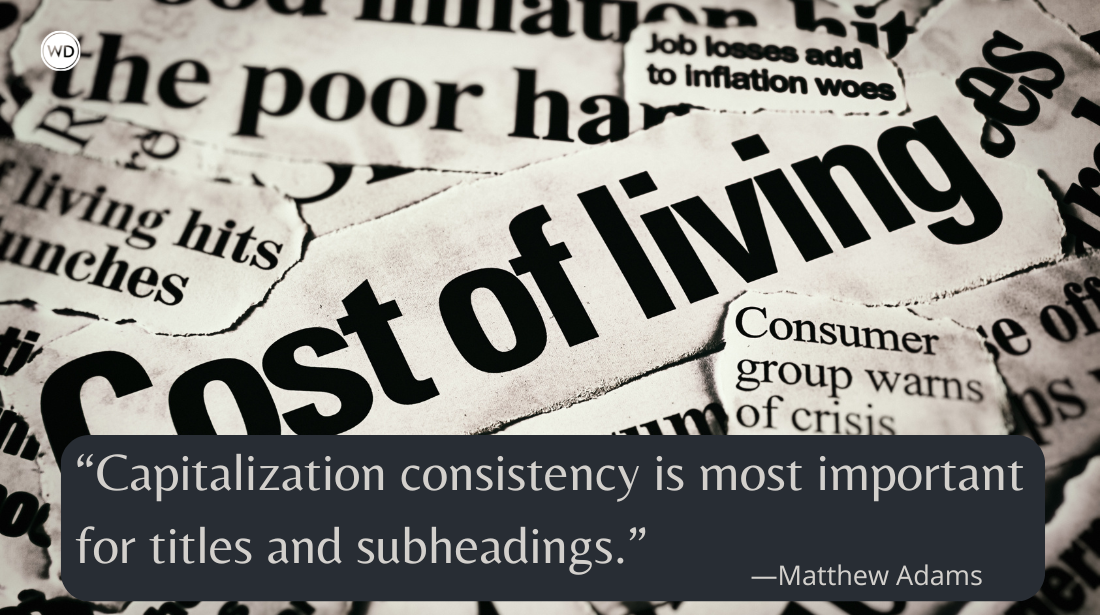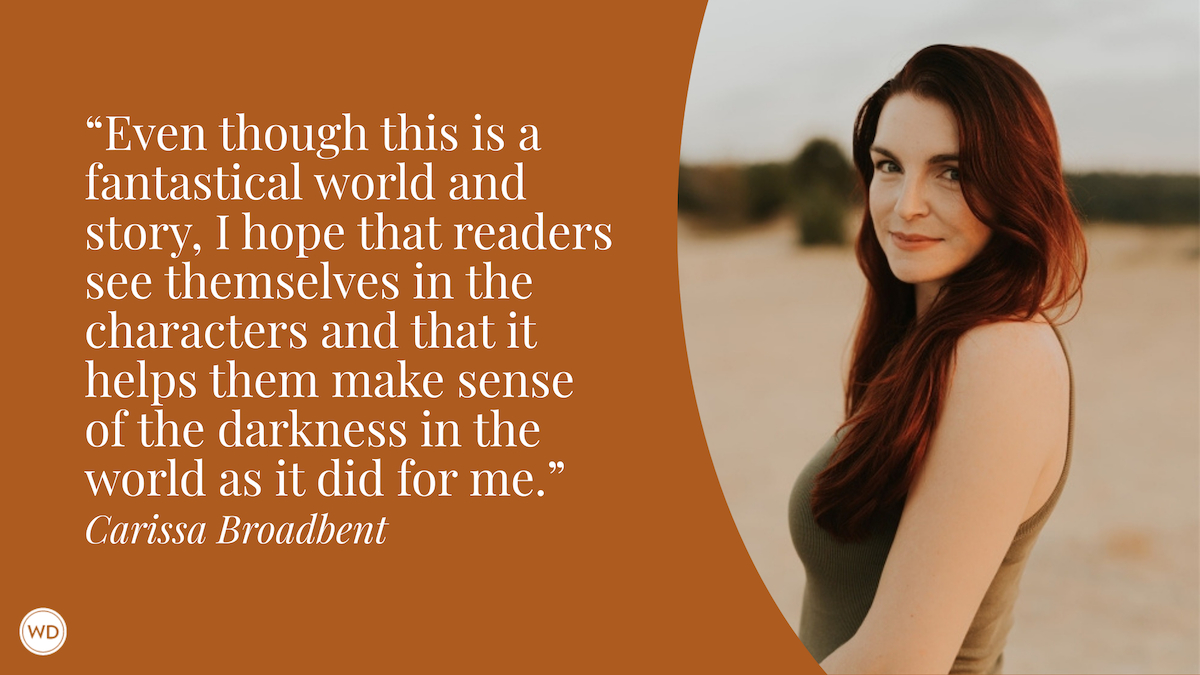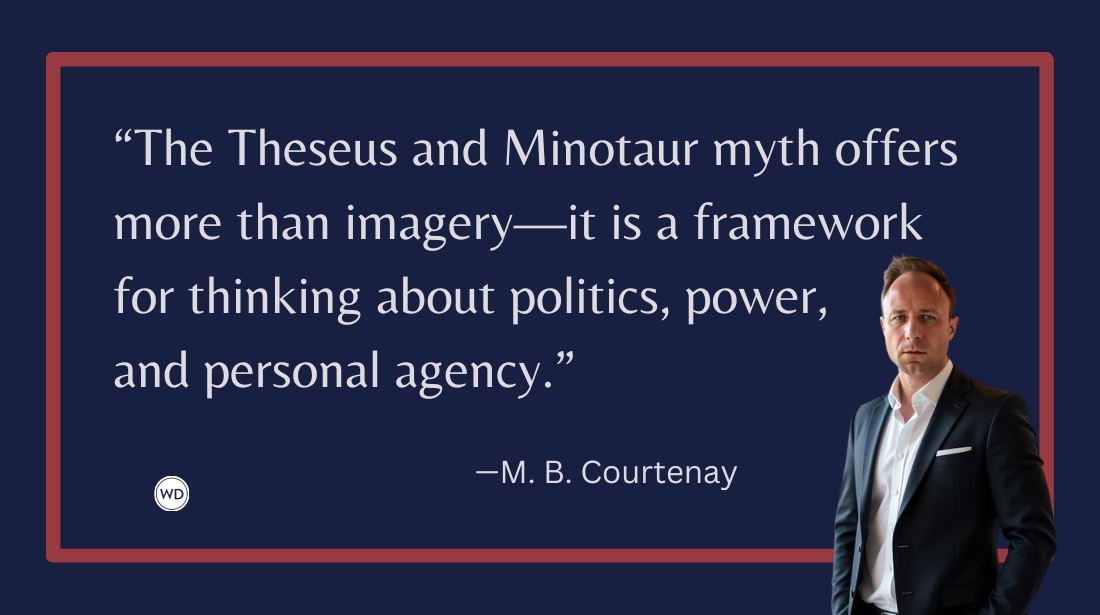6 Tips to Create Suspense in a Thriller Novel
Why do many thrillers fail to thrill? It’s usually from a lack of suspense. Novelist Leslie Lutz shares six tips to create suspense in a thriller novel.
You've just finished reading a chapter of your thriller-in-progress to your beloved critique group, and after your writing friends get the compliments out of the way (Great descriptions!...What a fun main character!...I loved the setting!) someone finally gets to the heart of the matter.
"I just wasn't feeling the suspense."
Suspense can be a hard nut to crack. In the writer's head, the events on the page should be chilling and thrilling, but instead, your story is as calming as a yoga app. To make matters worse, you followed the conventional wisdom about setting those stakes high early on, but it's still not working.
So when you sit down at your laptop to revise, how in the world do you fix it?
#1—Give readers a glimpse, not the whole picture
When I first set out to write thrillers, I thought I had to describe every thought and every tentacle. How wrong I was. After countless false starts and crappy scenes, what I learned was this: Creating suspense is all about restraint.
When I'm drafting, I think of the structure of a scene as a series of reader questions. Don't answer all the readers' questions immediately. Because what is a "page turner," really? It's a book that makes the reader wonder what's going to happen next. No questions, no interest.
For the big bad of your story, whether that's a serial killer or a monster from the deep, show the reader only part of what they need—just enough to keep them from being confused. Remember that the imagination does far more with the image of a bloody fingernail embedded in a prison wall than a five-page description of a mangled body.
#2—Understand the difference between surprise and suspense
It is possible to go too far in the other direction and give the reader too little information. Keeping the reader completely in the dark doesn't create suspense; it creates surprise.
Think of that scene in Deep Blue Sea, when Samuel L. Jackson finishes his glorious "we're all gonna live" speech, only to be snatched from the platform moments later by the big bad shark. In the film, the effect was surprise, and a little grim comedy (which the filmmakers intended), but it was in no way suspenseful.
Unless you're going for that brilliant Deep Blue Sea moment, make sure to give the reader just enough bait to get them moving in the right direction before you spring the trap.
*****
If you want to learn how to write a story, but aren't quite ready yet to hunker down and write 10,000 words or so a week, this is the course for you. Build Your Novel Scene by Scene will offer you the impetus, the guidance, the support, and the deadline you need to finally stop talking, start writing, and, ultimately, complete that novel you always said you wanted to write.
*****
#3—Don't forget that suspense also lives in the small daily moments
The personal, everyday life of the main character is a vital part of the story, because if the reader can't identify with your character, the reader won't care. However, you don't want your reader forcing themselves to finish those scenes so they can get back to "the good stuff." In other words, don't save all your wicked suspense skills for the life or death moments.
For example, your main character—let's call her Zoe—is about to get dressed down by her boss. The wrong way to go about this scene is to tell the reader, through Zoe's POV, everything they need to know before the fight even happens. You also don't want the reader to go into that fight cold, with zero expectations.
Instead, give the reader enough clues to show that a storm is coming, but don't let the reader know the shape of that storm. The reader, in response, will start flipping through a series of questions. Is Zoe about to get fired, or something worse? Are we about to see what this boss is really made of? Is this the fight that will finally break the relationship?
Beginning the scene with restraint—holding back the right details—helps create that sense of urgency the reader needs.
#4—Take advantage of your chosen Point of View to maximize suspense
If you're writing a multiple POV story, you can feed your reader details that the protagonist doesn't know, and this helps create suspense. For example, if you write several scenes from the killer's perspective, the reader has a lot more knowledge than the hero does about where the killer might strike next. If you do it right, the reader is dying to know how the MC reacts when they discover what the reader already knows.
But what if you're writing in a single first-person POV? How do you create suspense when the main character and the reader don’t have access to what's happening "off stage?" You can actually flip the dynamic and have the main character know things the reader doesn't.
In a past-tense narrative in particular, your first-person narrator can hint at what's coming down the road. As long as you give the reader just the right amount of bait, they'll follow you to the next chapter.
#5—Get into your main character's head
Whether you're writing in first or third person, you can create another layer of suspense by leading the reader into the inner dynamics of the mind. A character might start the scene with one perception of what's happening, question themselves, and then end the scene with a new understanding.
This gives the impression of the vulnerability of main character. Since your MC doesn't have perfect understanding, they might be more likely to make a mistake and put themselves under the power of the antagonist.
#6—Give your main character a big flaw
Speaking of mistakes, consider creating a main character who doesn't handle everything perfectly. Perfect characters are hard to identify with, as your average human is far from perfect.
To make matters worse, perfect characters usually make the right choices, which means when the reader sees that perfect MC fall into the antagonist's tiger trap, they don't question whether the character will get out. Of course they'll get out. They're perfect!
A flawed character, on the other hand, might let that weak link inside themselves bust right when they need to hold it together. A flawed character might make a colossal mistake, and that mistake could have serious consequences.
The reader won't be limited to asking what the antagonist will do to screw up the main character's life. Now they're asking, "What is the MC about to do to screw herself over?"
*****
It's time to put your main character under some serious pressure. So sit down, and revise! With a few tricks and tweaks, you can make your reader feel the knife-edge suspense you've been aiming for.
Leslie Lutz is the author of Fractured Tide (May 5, 2020; HarperCollins/Blink). She lives in Fort Worth, Texas, and is a member of International Thriller Writers, Horror Writers Association, Editorial Freelancers Association, and the DFW Writers' Workshop, and has been a speaker at the DFW Writers’ Convention. A devoted fan of scuba diving and creature horror, she also draws on her volunteer experiences—including her time teaching GED courses at the Atlanta Women's Prison—to tell stories that challenge stereotypes about forgotten people. Her writing has also appeared in such journals as Orca Literary Journal, Kaaterskill Basin Literary Journal, Typishly, Number One, The Lyric, and Raintown Review. Fractured Tide won the 2018 Frisco First Chapter Contest. You can visit Leslie online at lesliekarenlutz.com.









